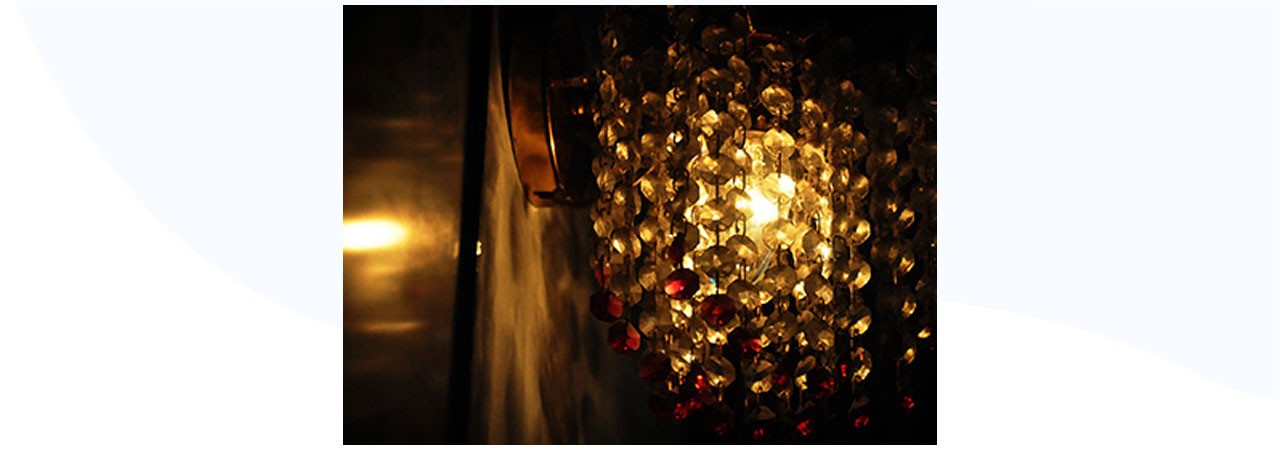Helena Pretonila Blavatsky
One of the most prominent figures of the Hermetic sciences of all times is, without a doubt, Helena Pretonila Blavatsky. She was one of the souls responsible for bringing to the West the spirituality of the East, evidencing the path of awakening. Her work was vital to rescue the lost knowledge of the memory of America and Europe.
One of the most prominent figures of the Hermetic sciences of all times is, without a doubt, Helena Pretonila Blavatsky. She was one of the souls responsible for bringing to the West the spirituality of the East, evidencing the path of awakening. Her work was vital to rescue the lost knowledge of the memory of America and Europe.
Many things have been said about Helena Pretonila Blavatsky, her words have been distorted and her life has become a myth. What is certain is that, during her lifetime, she was very persecuted and received much opposition, because in the 19th century this subject was very badly perceived. Born in 1831 and died in 1891, she traveled many times to India, Egypt and Latin America, although it is unknown how many and for how long; she spoke of hermetic philosophy at a time when it was extremely complex. In addition, she was a woman, separated and incredibly intelligent.
Fortunately for our humanity, Helena Pretonila Blavatsky overcame all these arduous trials and none of the chronicles written about her do true justice to her genius; she was a woman ahead of her time and truly enlightened. As a young teenager she was fluent in German, French, Russian and English, and through her travels she learned Sanskrit, Greek, Latin and Hebrew. Her facility with languages was astonishing: she could read the original vedas from the tablets and during the following years of her life she perfected oriental languages such as Mandarin, Wú, Han and three Sino-Tibetan dialects.
Her studies and writings are incredibly complex, all with original and first-hand sources. In short, one of the most important writers of world literature.
From a very young age she used to say: "In dreams, in that space where the body comes out, the teachers tell me that I must found a society and work in it". And so she did: she founded the theosophical society in 1875, in New York, with her second husband, Henry Olcott, and her partner, William Judge. The society came to have branches in Russia, France and the United States, but, unfortunately, with Helena's death it was dissolved, because its members did not have the same mystique as its founder.
One of the successors, Dr. Annie Besant, sought hard to perpetuate the theosophical society and found in a young man named Krishnamurti the hope to do so. He was a being of great consciousness and determination, a higher soul in a child's body. Annie Besant took him in and gave him a sublime education, but when it was decided that he would be the successor, people in the society, such as Rudolf Steiner and Alice Bailey, disagreed, so they split and formed other societies.
The original theosophical society has been the mother of more than a thousand esoteric societies, sects and organizations, all related to Blavatsky, and, in themselves, interesting and remarkable. The subject is endless and highly captivating.
Copyright Hilda Strauss. All rights reserved ©


